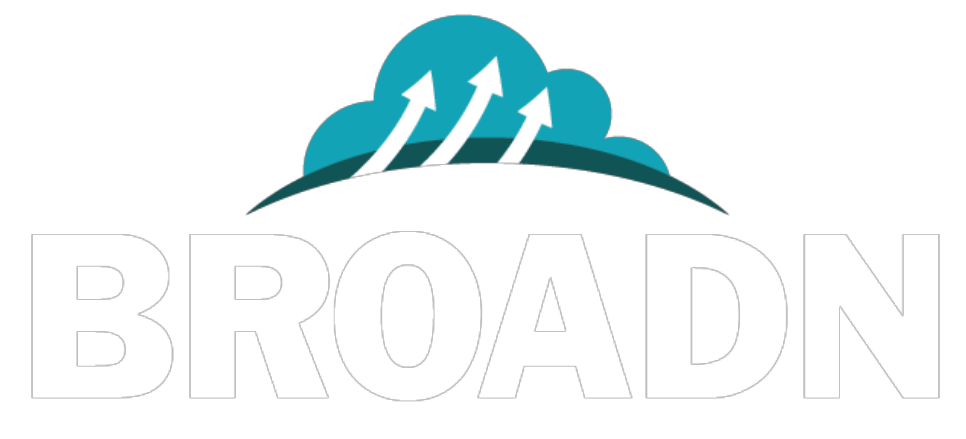Theme 3:
Relationship of the aerobiome with terrestrial reservoirs
Theme Leads: Sonia Kreidenweis and Angela Bosco-Lauth
Theme 3 focuses on the question “What physical and biological properties govern movement of microscopic organisms between terrestrial reservoirs and the aerobiome?” Understanding the drivers of emissions and quantifying fluxes will significantly advance modeling capabilities for predicting the distribution and impacts of airborne organisms.
Processes governing lofting of organisms from ground to air are poorly understood. Some organisms, such as spore-producing fungi, are adapted to airborne, long-distance dispersal, which allows colonization of new regions. Mechanisms used by some species to become airborne have been identified, though there has been little systematic exploration of whether organisms in the air are ecologically and evolutionarily distinct from terrestrial counterparts. Also, it is known that long- range transport of microbes occurs through the air, and viable organisms have been found on dust and pollen. However, the environmental factors that control viability during atmospheric transport are not known, and fluxes of microscopic organisms to and from the aerobiome remain unquantified. This lack of knowledge has impeded modeling of atmospheric distribution of microscopic organisms, and hence their influences on adjacent or distant ecosystems to which they are transported.
Theme 3 research complements that of Theme 2 by seeking to establish mechanisms and rates of exchange to advance predictability of aerobiome composition and impacts, especially on distant ecosystems. We will explore mechanisms of exchange at heterogeneous NEON stations and develop methods to quantify fluxes that will allow prediction and modification of aerobiome components across scales. This information, paired with discoveries of Theme 4, will allow prediction of the airborne spread of microorganisms, including pathogens.

